LESSON OVERVIEW
The main objectives of this lesson are to:
- explore and use adjectives in the correct order;
- watch a video of everyday objects in super macro;
- discuss personal objects and their significance.
With this lesson, students practise describing everyday objects using adjectives (e.g. tiny, round, wooden, etc.). They watch a video to guess objects in super macro and discuss personal belongings. Students also learn about adjective order according to their type (size, quality, age, etc.), engage in discussions about objects with different characteristics and make choices between items in various situations.
B1 / Intermediate60 minStandard LessonPremium Plan
WARM-UP AND ADJECTIVE ORDER
This lesson starts with a warm-up where students work in pairs. They describe objects they see in pictures (e.g. an apple, some glasses, a calculator, etc.) to their partner and let them guess what it is. Then, students swap roles. After that, they watch a video of everyday objects in super macro and guess the objects using the phrases ‘It could be…’, ‘It might be…’ and ‘It looks like…’. Subsequently, students discuss questions about everyday objects. Next, they match questions and answers about personal belongings. Each answer contains more than one adjective to describe the objects (e.g. tiny round mirror, soft woollen blanket, old wooden clock, etc.). Afterwards, students use the adjectives to complete a table. They identify adjective order and their type in the phrases (e.g. size, quality, age, shape, etc.). Later, students add more adjectives to those categories of adjectives. Following that, they complete sentences with adjectives in brackets in the right order (e.g. wooden, new, soft, colourful, etc.). Students also add one more adjective to describe each noun in the statements.
DISCUSSION
At this point in the lesson, students practise adjective order and discuss questions about personal objects (e.g. What is the oldest object in your home?) using at least two adjectives in each answer. Following that, they look at options for different objects (e.g. an old wooden cupboard OR a new plastic table) and say in which situations they might need to make a choice like this. Then, they choose one option and explain their choice. Afterwards, students look at phrases and make one change at a time to get from one object to the other (e.g. from a dirty old window to a clean new car). Next, they complete descriptions using the names of objects in the boxes (e.g. hat, button, mop, etc.). After that, students work in pairs. They think of three everyday objects that haven’t been discussed in this lesson and write their descriptions. Then, with their partner, students read their descriptions to each other and guess the objects. Finally, they work in pairs again. Students take turns to talk about a picture for one minute on their own. Then, together, they have a conversation by discussing questions about the objects in the images.
HOMEWORK/REVISION
This lesson plan also includes an additional task that you can use as homework or revision. Students complete gaps in a story using any adjectives and nouns. Then, they write sentences to finish the story. The task is available in the teacher’s version of the worksheet. You can print it and hand it out to your students. It’s also included in the e-lesson plan.
WORKSHEETS
Subscribe to unlock these and many other Standalone lesson with the Premium plan
Subscribe
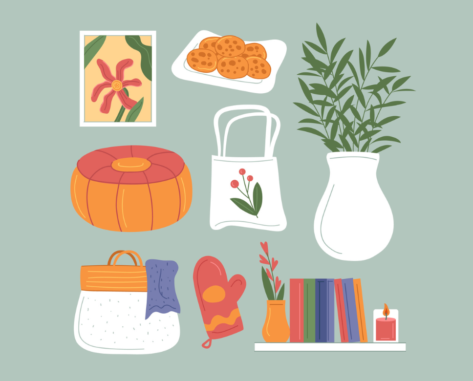

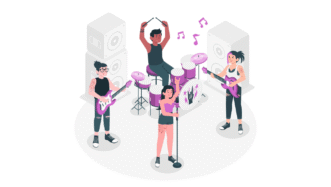


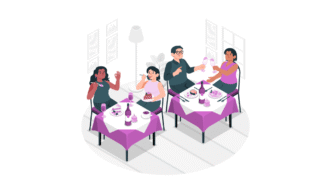

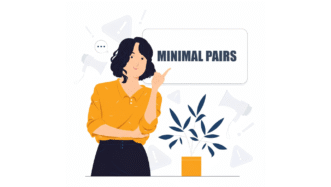

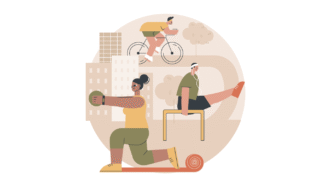




Hi, I love your lessons — I use them with my students and think they’re great!
I just wanted to mention something about the chart: I noticed that OPINION (at the beginning) and PURPOSE (at the end) are missing. I usually teach the OSASCOMP rule, and I think it would be great to include these in the chart. Thanks so much!
Thank you for your feedback! We realise that there’s a number of ways we can address the order of adjectives. However, taking into consideration the level of the lesson, we didn’t want to overwhelm students with the number of categories and had to make it as clear to them as possible. Of course, with stronger students who already know some opinion adjectives you could mention where to put them. Thanks again! 🙂
Hello, hello! This is a great lesson, however I guess that the categories are inverted because size is before quality and actually following the rule (OSASCOMP) it’s wrong. Can you revise it?
Thank you for the comment! In the lesson, “quality” isn’t about opinion as in OSASCOMP, but rather has to do with physical quality like condition or texture. Such adjectives normally follow adjectives denoting size. For example, a huge soft toy, a tiny polished stone, a small shiny coin etc. Hope this helps 🙂